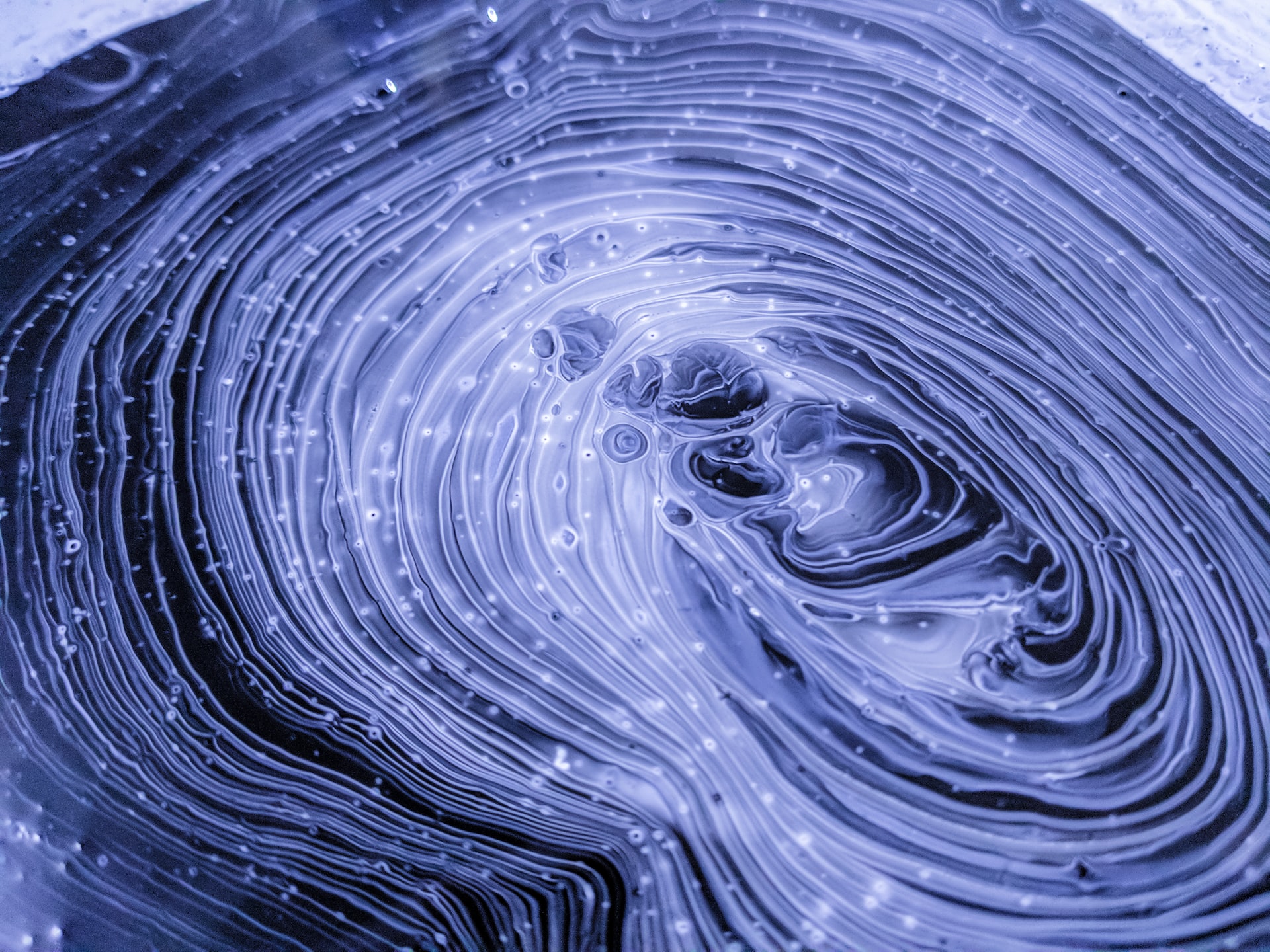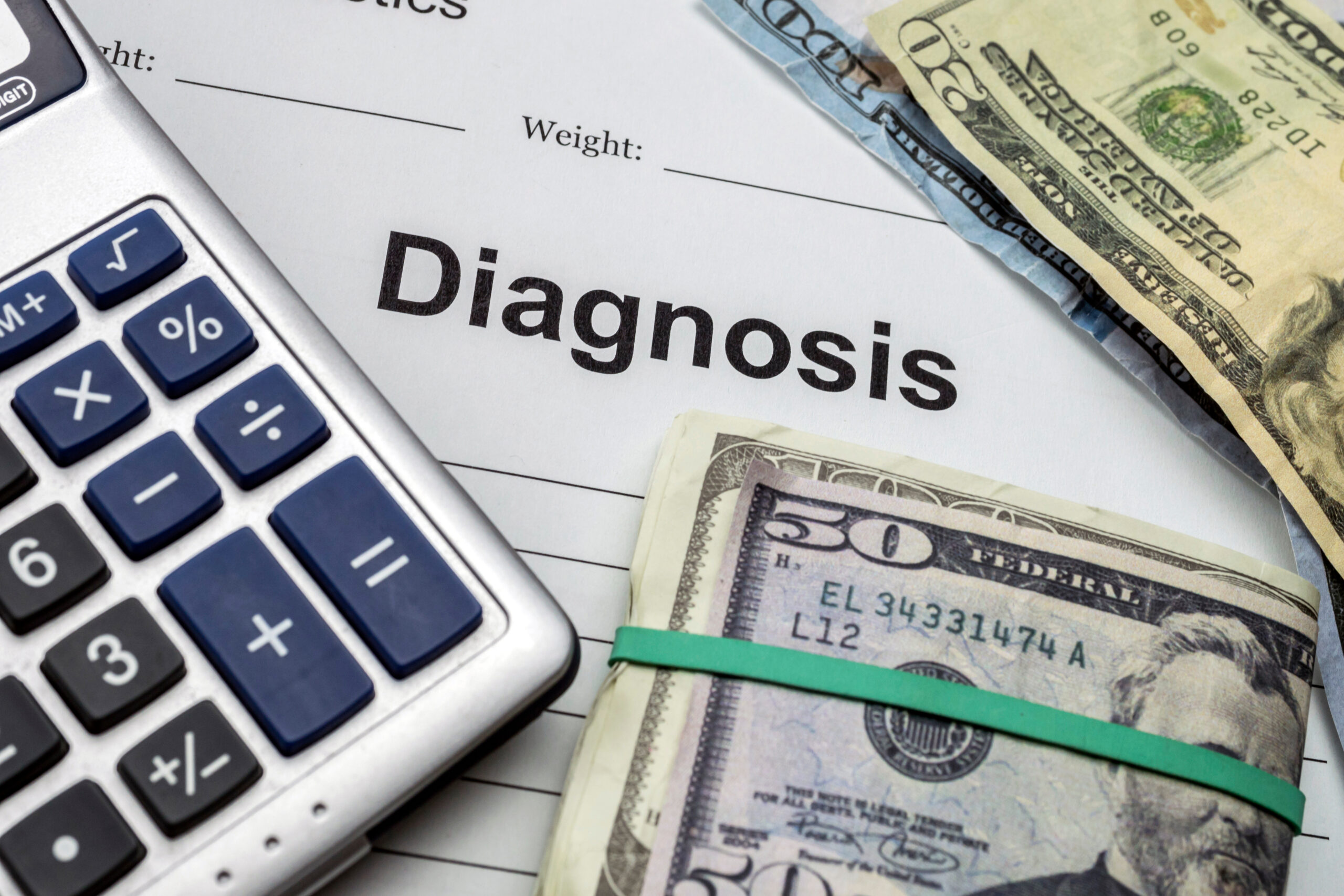What Your Skin Says About Your Hormones
**What Your Skin Says About Your Hormones**
Your skin isn’t just your body’s outer layer—it’s a messenger. When hormones shift, your skin often reacts first. Here’s how to decode what those breakouts, dryness, or rashes might be telling you about your hormonal health.
—
### **Acne: The Hormonal Alarm**
Deep, stubborn pimples around the chin or jawline? This is classic hormonal acne. It happens when testosterone spikes (common during puberty, stress, or conditions like PCOS), boosting oil production and clogging pores[1]. Women might notice flare-ups before their period or during menopause as estrogen drops and progesterone rises[1][4]. If acne sticks around despite good skincare, hormones could be the culprit[1].
—
### **Oily Skin & Greasy Hair: Androgens at Work**
A shiny T-zone is normal—but if your whole face feels like a grease slick by noon, blame androgens (like testosterone). These hormones rev up oil glands, especially in people with PCOS or during hormonal shifts like puberty[1][4]. Greasy hair that won’t stay clean? That’s another red flag for high androgen levels[1].
—
### **Dryness & Itching: Estrogen’s Decline**
Menopause brings more than hot flashes. Plummeting estrogen slows collagen production and weakens the skin barrier, leading to dryness and itchiness[2][5]. Without enough estrogen, skin becomes thinner and slower to heal—even minor irritants can trigger redness or hives[5][3]. Hypothyroidism (low thyroid hormones) can also cause flaky, pale skin[3].
—
### **Dark Patches & Skin Tags: Insulin Resistance Clues**
Dark velvety patches on the neck or armpits (acanthosis nigricans) often signal insulin resistance linked to PCOS. Excess insulin boosts androgen production which affects skin cells directly causing these changes along with small harmless growth called ‘skin tags.’ Managing blood sugar levels becomes key here alongside topical treatments for appearance concerns according experts studying PCOS-related symptoms [4][3] .
—
### **The Glow Factor: Estrogen Peaks**
Not all hormone effects are bad! Rising estrogen during fertile days of menstrual cycles gives many women that coveted “pregnancy glow”—plumper hydrated looking complexion due increased collagen synthesis according studies tracking monthly fluctuations via tools like Mira Hormone Monitor mentioned in recent research [4] . But once menopause hits dropping estrogen accelerates wrinkles making hydration critical step in routines post-40s [2][5] .
—
#### Quick Tips for Balancing Hormonal Skin Issues:
– **Track cycles**: Breakouts timing helps identify patterns needing medical attention e.g., birth control adjustments for acne regulation [1][4] .
– **Gentle products**: Avoid harsh scrubs on sensitive menopausal/thyroid-imbalanced skins; opt fragrance-free moisturizers instead [2][3] .
– **Check underlying conditions**: Blood tests rule out PCOS/thyroid issues if symptoms persist beyond typical aging/stress factors [3][4] .
Your face reflects internal balance—or chaos—so listen closely when it speaks up!





